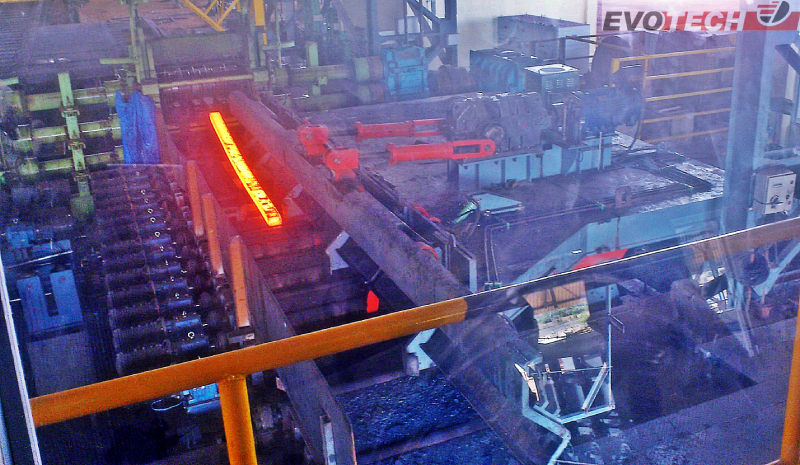Trough Tilter in Steel Industry
Introduction
A trough tilter, also known as a ladle tilter or ladle transfer car, is a specialized equipment used in steel mills and foundries for handling and pouring molten metal from ladles. It plays a critical role in ensuring safe and efficient transfer of molten metal from melting furnaces to casting molds or other processing units.


Functionality
The trough tilter serves several essential functions in the steel manufacturing process:
- Ladle Tilting: Tilts ladles containing molten metal to pour the liquid metal into molds or casting stations. This process facilitates controlled pouring to achieve precise filling and minimize splashing.
- Material Handling: Moves ladles filled with molten metal between different locations within the steel mill, such as from melting furnaces to casting machines or holding furnaces.
- Safety and Ergonomics: Reduces manual handling risks associated with pouring molten metal, enhancing workplace safety for operators.
- Automation and Control: Integrated with automated systems to precisely control ladle tilting angles, monitor ladle weight and position, and ensure accurate pouring operations.
Design and Components
- Tilting Mechanism: Utilizes hydraulic or electric actuators to tilt the ladle to the desired angle for pouring.
- Support Structure: Features a robust frame and support beams designed to withstand the weight of the ladle and the thermal stresses during molten metal handling.
- Control Panel: Equipped with PLC-based control systems, sensors, and safety interlocks to automate tilting operations and ensure operator safety.
- Safety Features: Includes emergency stop buttons, safety guards, and thermal insulation to protect operators and equipment from molten metal splashes and heat.
Benefits of Trough Tilter
- Improved Efficiency: Facilitates efficient handling and pouring of molten metal, reducing process time and improving overall production efficiency.
- Enhanced Safety: Minimizes risks associated with manual ladle handling and molten metal pouring, enhancing workplace safety and reducing accidents.
- Quality Assurance: Ensures precise pouring of molten metal into molds or casting stations, maintaining product quality and consistency.
- Operational Flexibility: Adaptable to different ladle sizes and types, accommodating various production requirements and workflows in steel manufacturing.
Operational Aspects
- Integration: Integrated into the steel manufacturing process flow, positioned strategically between melting furnaces, casting machines, and holding furnaces to optimize material handling.
- Maintenance:Regular inspection and maintenance of hydraulic systems, actuators, and control mechanisms are essential to ensure reliable operation and extend equipment lifespan.
- Environmental Considerations:Efforts to optimize energy efficiency and reduce environmental impact through efficient material handling practices and equipment design.
Applications
- Steel Manufacturing: Used in steel mills and foundries for handling and pouring molten metal during casting and manufacturing processes, including steelmaking, casting, and forging operations.
- Foundry Operations: Applicable to other metal casting industries for handling and pouring molten metals such as aluminum, copper, and iron alloys.
Conclusion
The trough tilter is a critical component in the steel manufacturing and metal casting industries, facilitating safe and efficient handling and pouring of molten metal. Its robust design, automation capabilities, and safety features contribute to enhancing production efficiency, ensuring product quality, and maintaining a safe working environment for operators. As technology advances, trough tilters continue to evolve to meet the increasingly stringent demands of modern steel production and foundry operations.
